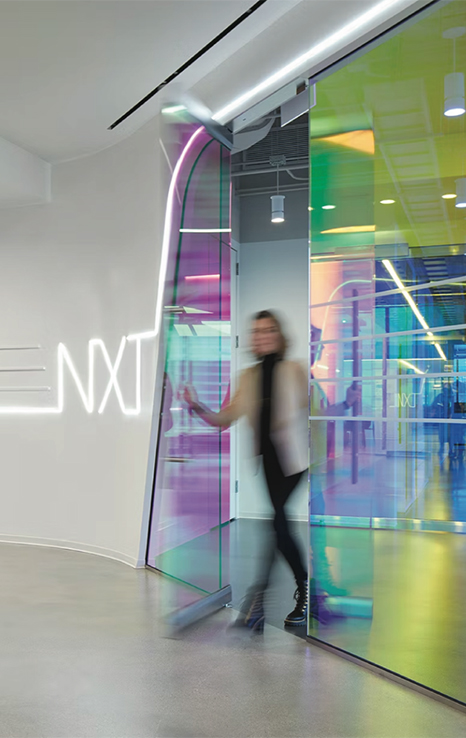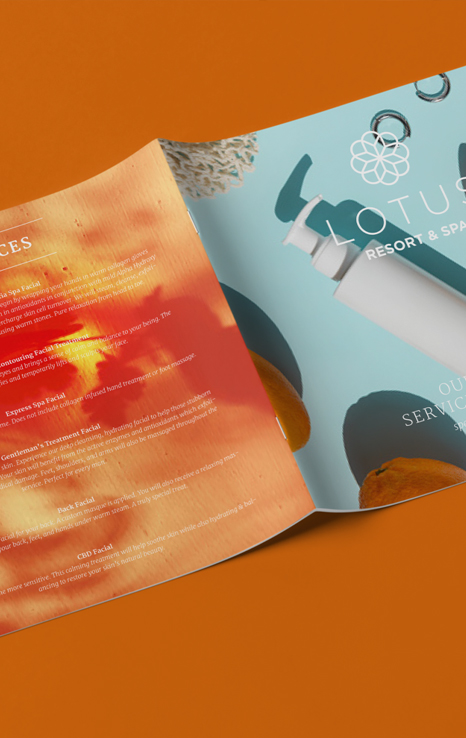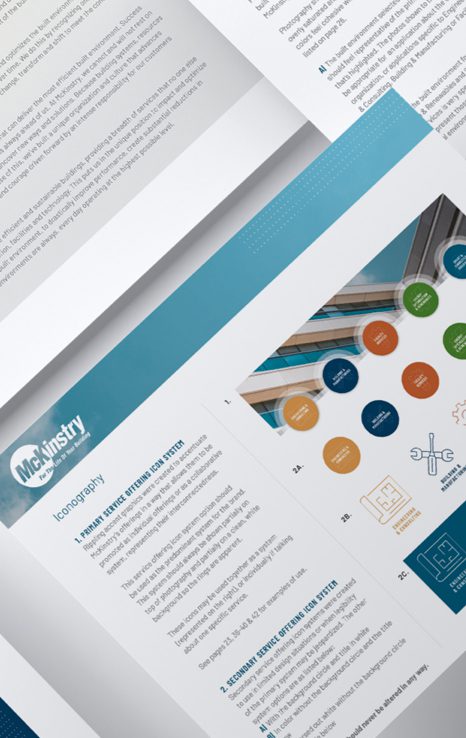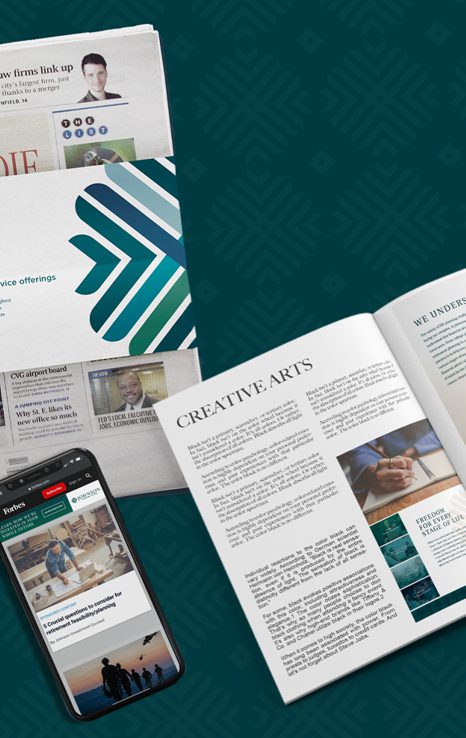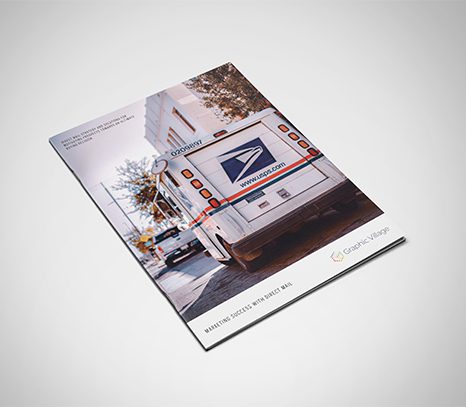In the ever-evolving landscape of digital communication, the era of social media dominance is facing a decline. User fatigue, privacy concerns, and changing behaviors have led major platforms like X (formerly Twitter) and Facebook to grapple with challenges, as discussed in recent articles from Data Driven Investor and The Atlantic. In light of these shifts, businesses are now seeking alternative channels, and one medium is reemerging as a powerful contender – print.
The Social Media Conundrum
As users disengage and trust wanes in the world of social media, businesses are forced to reconsider their marketing strategies. The once-untouchable giants of the digital realm are now facing challenges, prompting a reevaluation of where marketing dollars are best spent.
Shifting Advertising Budgets
One notable trend is the shift in marketing budgets away from social media platforms. Businesses are looking for channels that provide tangible and lasting impressions, and this is where print steps into the spotlight. Print materials, ranging from collateral to direct mail and catalogs, offer a unique and impactful way to engage audiences.
Targeted Direct Mail Campaigns and Tangibility
To counter the decline in social media reach, businesses are turning to targeted direct mail campaigns. Direct mail allows for precision in targeting based on demographics and location, delivering a personalized experience that resonates with recipients. The tangibility of print provides a sensory-rich encounter, a departure from the digital realm’s intangibility.
Integration of Print and Digital
In adapting to the changing landscape, an integrated approach becomes essential. Combining the strengths of both print and digital channels creates a cohesive marketing strategy that reaches audiences through various touchpoints. The decline of standard digital ad formats presents an opportunity for businesses to explore creative freedom in print designs, capturing attention and standing out in a crowded marketplace.
Embracing Creative Opportunities and Sustainability
Print offers a canvas for creative opportunities. As businesses explore alternative communication methods, print allows for innovation and unique designs that can leave a lasting impression on consumers. Moreover, the environmental considerations associated with print have become increasingly important. Sustainable print materials and eco-friendly practices are becoming selling points for businesses aiming to align their brand with environmental responsibility.
Navigating the Future
The challenges faced by social media platforms signal a turning point in the marketing landscape. Businesses must adapt to these changes by embracing the value of print in a world where tangibility, trust, and creativity play crucial roles. The decline of social media doesn’t signify its extinction, but rather a transformation in the way businesses connect with their audiences.
The pivotal decline of social media prompts a reevaluation of marketing strategies, opening doors for the resurgence of print. Businesses that recognize the value of print in providing tangible, targeted, and creative solutions will navigate these challenges successfully. As we navigate the future, the integration of print and digital channels emerges as a key strategy to engage audiences effectively in this evolving marketing landscape.
Sources:
Joe Duncan. “The Social Media Era Is in Decline.” Medium/Data Driven Investor, Jan. 19, 2024
Ian Bogost. “The Age of Social Media Is Ending.” The Atlantic, Nov. 10, 2022










